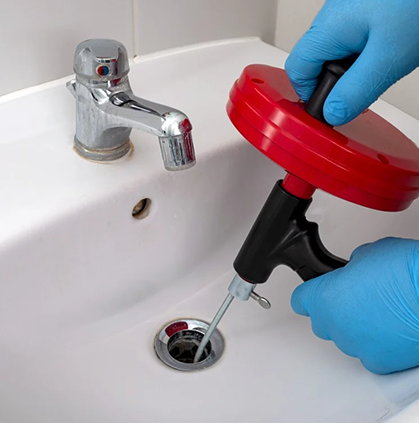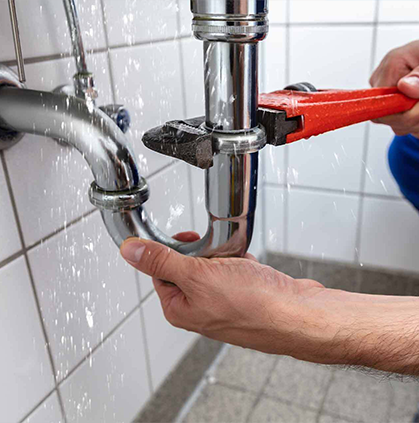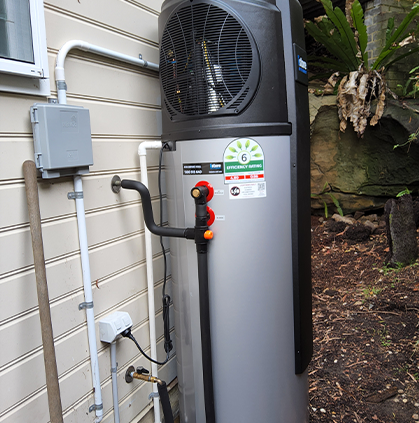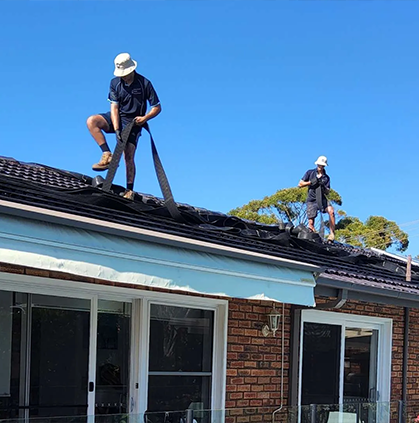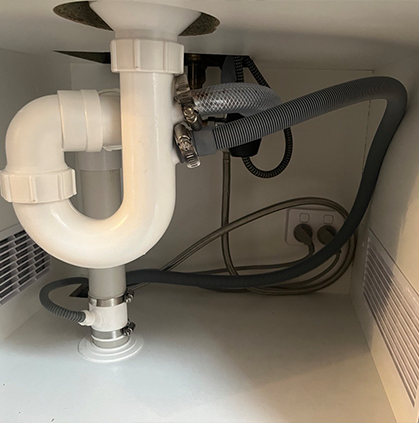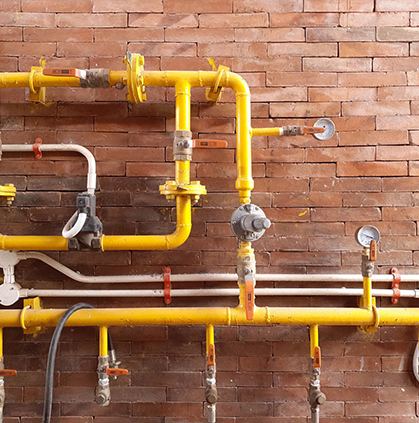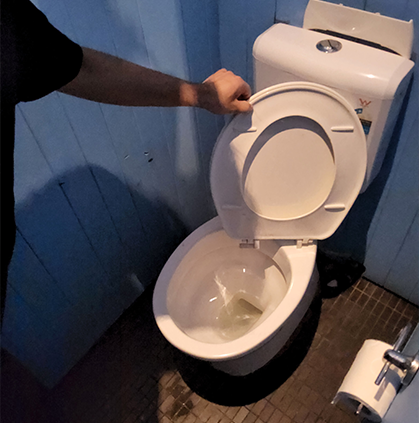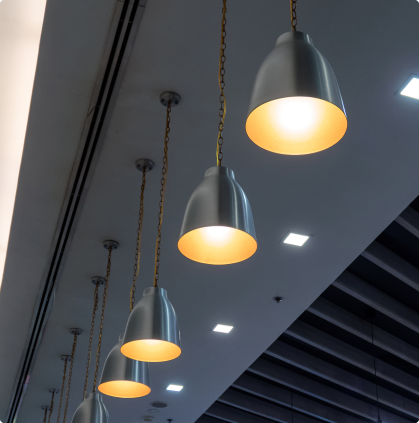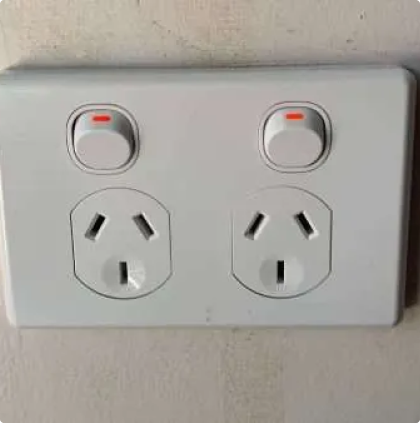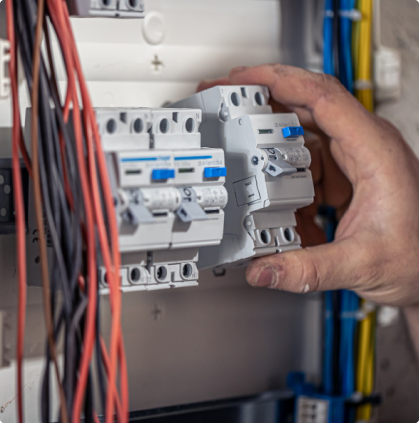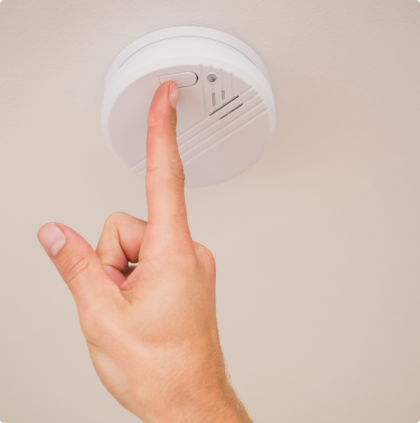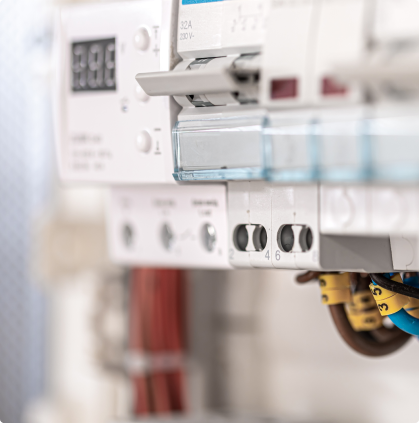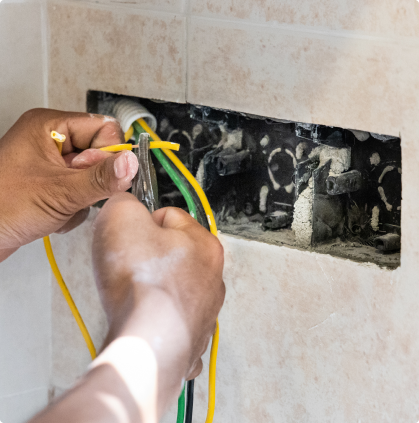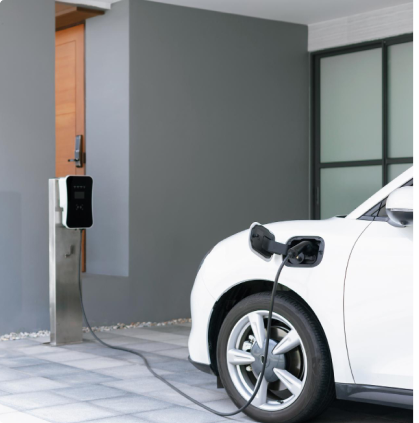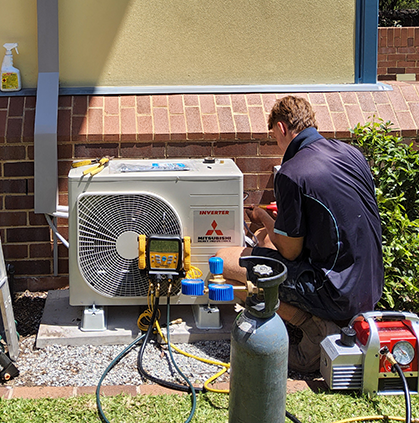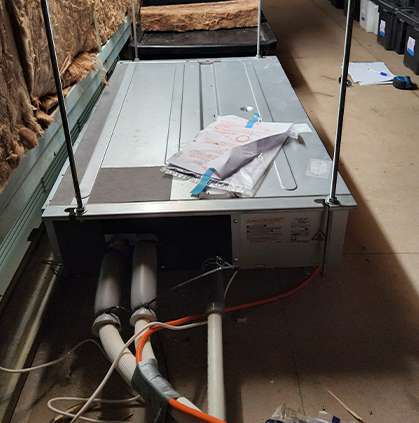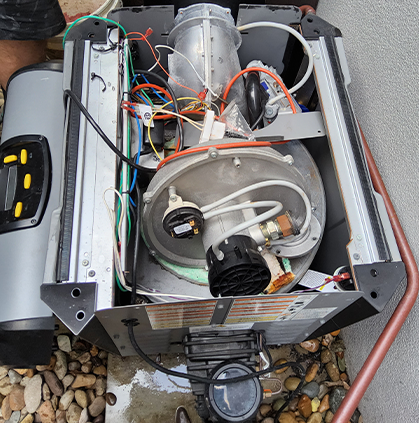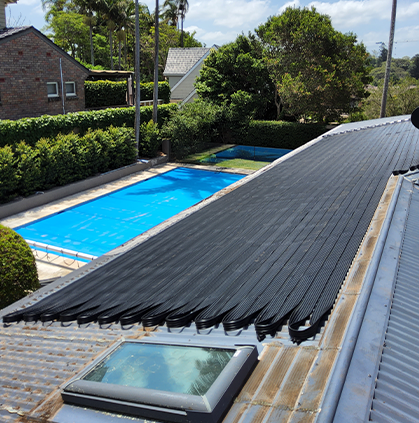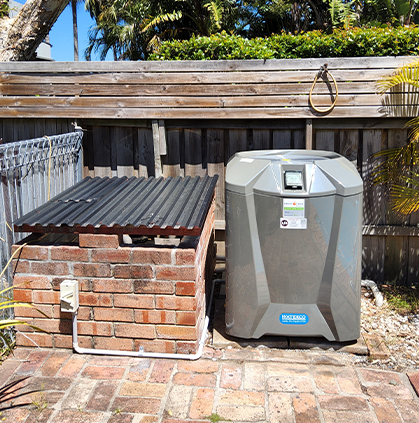Winter is coming. You’re confident that your heat pump will keep you warm. But when the cold hits, you realise that your heat pump isn’t heating.
The air from the vents is barely warm or even cold. You’re left shivering and wondering why your heat pump isn’t working when you need it most.
You can prevent this. First, you need to know some reasons why your heat pump does not heat. Then you need to understand how to do simple checks, and when is the time to call pool heating services. Let’s get started!
Common Causes of Heat Pump Not Heating
Here are the most common reasons a heat pump might not be heating your home:
1. Incorrect Thermostat Settings
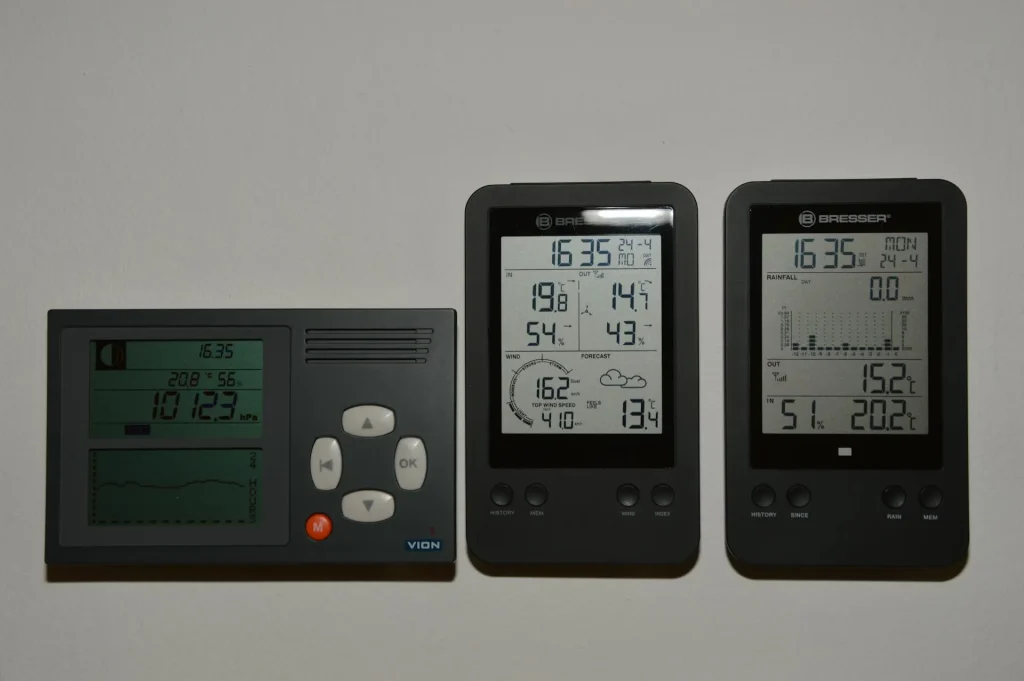
Your thermostat controls your heat pump. If it’s not set right, your home won’t warm up.
A common mistake is setting the thermostat lower than the room’s current temperature. For example, if it’s 22°C inside but the thermostat is at 20°C, the heat pump won’t turn on.
Sometimes, the problem is simply that the thermostat is in the wrong mode, like “cool” instead of “heat.” This can happen after a power outage, a reset, or if someone changes the settings by mistake.
2. Broken Thermostat
Sometimes, the issue isn’t a wrong setting but a faulty device. A broken thermostat sensor or wire can’t send proper signals to your heat pump.
No matter how you adjust it, communication fails, and the heat pump won’t activate.
In other cases, the thermostat works but is uncalibrated, giving false readings, so it thinks the room is warm enough and doesn’t turn on the heat.
3. Low Water Flow
Water flow is vital for hydronic or geothermal heat pumps. It acts like a bloodstream that transports heat. Slow flow, caused by a failing pump, makes it harder for heat transfer to radiators or floors.
Many systems have sensors that can detect low flow. If there is a problem, they might turn off and show a “flow error” message.
4. Dirty Air Filter
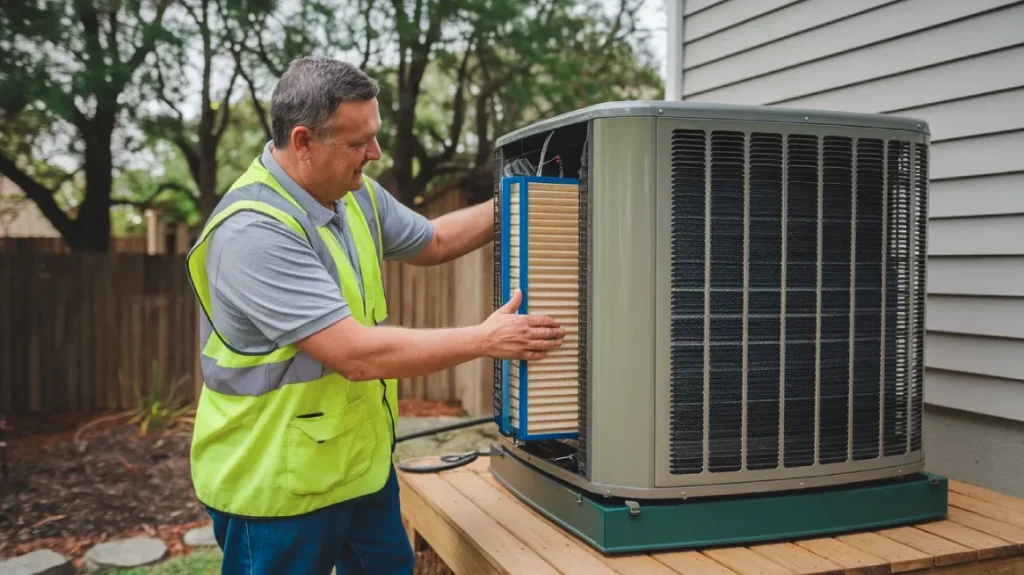
A heat pump needs fresh air to work well. A blocked air filter often causes heating issues by restricting airflow, preventing enough warm air from reaching your rooms.
If the evaporator coil also gets dirty, dust acts as insulation. This makes heat transfer less effective and worsens the problem.
5. Electrical Issues
Your heat pump needs steady electricity to run. If a circuit breaker trips or a fuse blows due to a surge or overload, power is cut off, and the system stops working.
Sometimes, loose or corroded wiring can also prevent power from reaching the heat pump, even if the breaker is on.
6. Low Refrigerant
Low refrigerant can stop a heat pump from heating. This might happen if the system wasn’t filled with enough refrigerant during installation. That’s why it’s recommended to choose the best heat pump installation service.
More often, though, low refrigerant means there’s a leak in the sealed system. This causes refrigerant to escape over time. Without sufficient refrigerant, the heat pump can’t absorb and move heat properly.
7. Frozen Coil or Ice Buildup
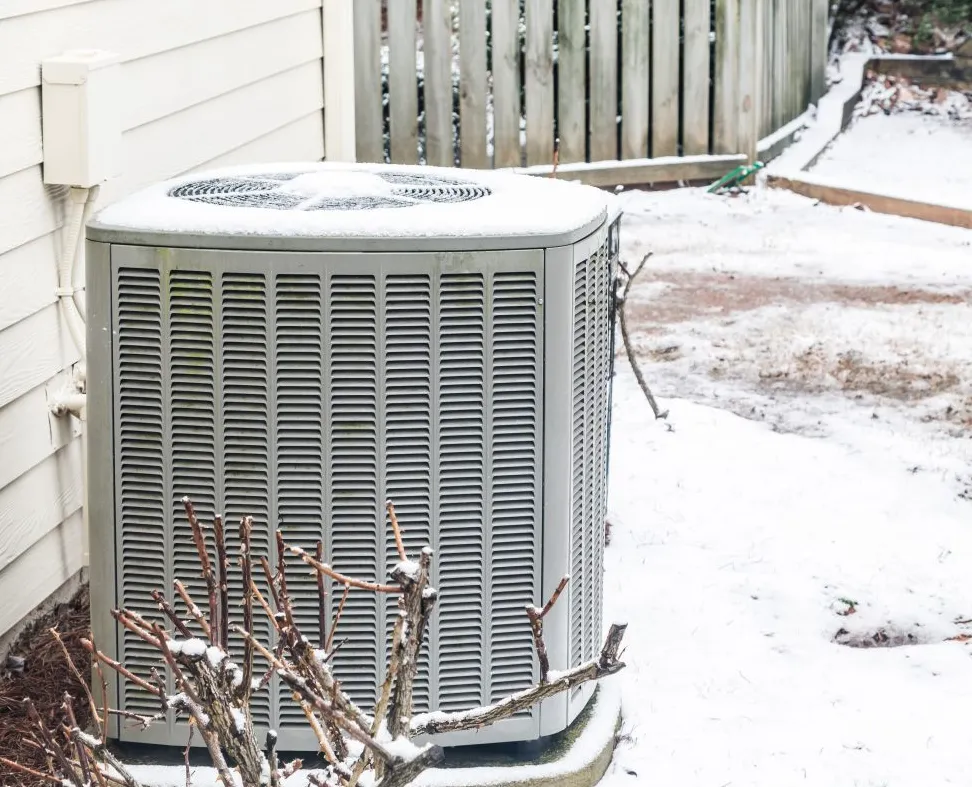
Your heat pump may not heat properly if you see ice on the outdoor unit. Frost forms on the coils in cold, moist conditions, eventually turning to ice that blocks airflow.
Low refrigerant levels lower pressure and cause freezing. Meanwhile, blocked vents trap heat, making ice buildup worse.
8. Mechanical Failure
Sometimes, what causes a heat pump not to heat is a part inside the unit that stops working. One common issue is the compressor, which moves refrigerant. If it stops working, the system can’t transfer heat.
Another problem is a broken fan motor. If the outdoor or indoor fan stops, the system can’t take in or spread out heat like it should.
Lastly, the reversing valve can get stuck. If it stays in cooling mode, the heat pump will only blow cold air, no matter what you set the thermostat to.
9. Environmental Factors
Heat pumps work by drawing heat from the air outside. When temperatures drop below about 4-5°C, they become less efficient. The colder it gets, the less heat there is for the heat pump to collect.
Also, wind can hurt their performance, especially if the unit is in a windy spot. Strong winds cool the outdoor unit quickly and make it harder for the pump to absorb heat.
8 Ways to Fix Heat Pump Issues
Now that you understand the main reasons a heat pump might not be heating, let’s look at how to fix them:
1. Set the Thermostat Correctly
If your thermostat gives the wrong temperature or switches to the wrong mode, your heat pump will follow those instructions. You might wonder why your heat pump isn’t heating, only to realize the settings are off.
What to do:
- Set the thermostat to “heat,” not “cool” or “fan only”
- Adjust the temperature to be 1–2°C higher than the current room temperature
- After a power outage, verify all settings, as some thermostats reset to default.
2. Replace a Broken Thermostat or Sensor
A broken thermostat can give false readings or refuse to tell the heat pump to turn on. This often causes what people call “phantom” heating problems, especially in older systems or after electrical surges.
What to do:
- If the thermostat is broken or won’t turn on, have a technician replace it.
- Use a reliable digital thermometer to check accuracy and compare with the thermostat display.
- If they differ by over 1-2°C, the thermostat might need recalibration.
3. Restore Proper Water Flow
If slow water flow from clogged filters or low levels prevents proper heat exchange, restore the flow.
What to do:
- Turn off the heat and pool pumps.
- Clean the skimmer basket, pump basket, and filter.
- Ensure all valves are open and water level is correct.
4. Clean the Air Filter
In Australia, outdoor units are prone to dust, leaves, and garden debris. You can’t avoid your heat pump heater from failing if the air filters are dirty or the coils are blocked.
What to do:
- Remove the air filter near the evaporator coil.
- Rinse gently with a garden hose from the opposite airflow side, using mild soap if needed.
- Avoid high pressure and let the filter dry completely before reinstalling.
- Reinstall the filter and turn the power back on.
5. Check Electrical Supply
If the circuit breakers turn off or the fuses blow, first, turn the electricity back on if it happens sometimes. If it happens again, call an HVAC technician right away.
What to do:
- Turn switches off or to the middle, then turn them back on to reset.
- Check for blown fuses and replace them with the same kind.
- Turn on the thermostat to see if the unit starts; if not, use a tester to check the outlet or switch.
6. Remove Ice Buildup from the Coil
Heat pumps are designed to enter a defrost cycle periodically to prevent excessive ice buildup. If this system fails, manual intervention is required.
What to do:
- Turn off the heat pump.
- Gently brush away snow, leaves, or dirt with a soft brush.
- Allow ice to melt naturally, or speed up by running the indoor fan on “fan only.”
7. Handle Refrigerant Issues
A heat pump uses refrigerant to move heat. If there’s a leak or not enough refrigerant, it needs to be fixed right away. It’s best to let experts handle it.
What to do:
- Look for signs like reduced heat, ice on coils, hissing, or the unit running constantly without heating.
- Check for oil around lines or coils.
- Have a professional inspect for low refrigerant or leaks with specialized tools.
8. Fix Any Mechanical Failure
Mechanical parts keep the heat pump running, but frequent cycling or unexpected stops require a technician’s repair.
What to do:
- Look for signs like less heat, ice on coils, hissing, or constant running without warmth.
- Turn off the heat pump at the thermostat and breaker to prevent damage.
- Call a professional with special tools to diagnose.
How to Prevent Heat Pump Not Heating?
When your heat pump isn’t heating, you need to fix it fast. But to prevent that from happening, follow these simple steps:
1. Maintain Water Circulation
- Type: DIY
- Frequency: Weekly during use
Blocked filters or low water levels can slow flow, causing the system to shut down for protection.
To restore flow, turn off the pump, empty skimmer baskets, check water levels. Then, clean filters by backwashing or rinsing, prime the pump if needed, and restart the system.
2. Replace the Air Filter
- Type: DIY
- Frequency: Every 1-3 months
Dust and pollen can clog your heat pump, so change your air filter more often in such areas.
Turn off the system at the thermostat and breaker, remove the filter, and check for dirt. Replace disposable filters or rinse and dry reusable ones before reinstalling. Then, turn the system back on.
3. Keep the Registers Clean
- Type: DIY
- Frequency: Monthly
Blocked or dirty registers cause pressure imbalances. This reduces airflow and forces the heat pump not to heat properly.
To ensure proper airflow, check vents for obstructions, remove furniture or rugs. Then vacuum dust from registers, and keep them fully open.
4. Keep the Outdoor Unit Clear of Debris
- Type: DIY
- Frequency: Monthly or after storms
Leaves, shrubs, or snow can block airflow around the outdoor unit. To clear the unit, try to turn off the heat pump, trim plants to at least 45 cm, and remove debris. Then, raise the unit by 10-20 cm for drainage.
5. Schedule a Professional Tune-Up
- Type: Technician-only
- Frequency: Annually
Old coils or loose electrical connections can prevent your heat pump from heating properly. That’s why it’s important to have a professional inspect it once a year. They’ll check the airflow, test the refrigerant, and ensure the thermostat is set correctly.
6. Inspect Electrical Connections
- Type: Technician-only
- Frequency: Annually
You can ask the technician to do this during the refrigerant or airflow tune-up, or separately.
Simply request that they look for loose connections, as these can cause power interruptions and prevent the heat pump from heating properly. They will test the voltage and tighten any loose terminals to resolve the issue.
7. Seal Leaky Ducts
- Type: Technician-only
- Frequency: Every 3-5 years
Leaks in ducts let heated air escape, making your system work harder without doing much good. To fix this, hire a professional to inspect the ducts with special tools. They’ll seal any leaks and make sure the insulation is solid.
Who Should You Call If Your Pool’s Heat Pump is Not Heating Properly?
If your pool’s heat pump isn’t heating properly, think carefully before attempting to fix it yourself.
Fixing small issues like changing the thermostat or cleaning out debris is straightforward. However, if the problem involves the refrigerant, compressor, or electrical components, it’s better to contact pool heating services to diagnose and repair any heat pump issues safely.
FAQ about Heat Pump Not Heating
Here are some common questions about why a heat pump might not be heating:
How do you reset a heat pump?
To reset a heat pump, turn off the power at the breaker, wait 30 seconds, then turn it on. This can clear minor errors. For best results, check the manufacturer’s manual for specific reset instructions.
Why is my heat pump blowing cold air when the heat is on?
Possible causes include low refrigerant, thermostat issues, dirty filters, or a broken reversing valve. In cold weather, it may be in defrost mode. Check settings and filters first. If problems persist, get professional help.
What is the major problem with a heat pump?
The most common problem with heat pumps is low refrigerant or iced coils. This slows down the system’s ability to heat effectively
Conclusion
Thermostat issues, low water flow, refrigerant leaks and mechanical problems. These are all common reasons why a heat pump might not be heating.
You’ve learned how to fix simple problems yourself and when to call a professional, right?
That’s why don’t hesitate to schedule annual inspections and routine tune-ups with us at Lightning Bult.
We’re here to help you resolve heat pump issues and maintain your system running all year long!



